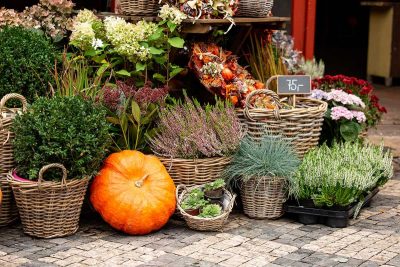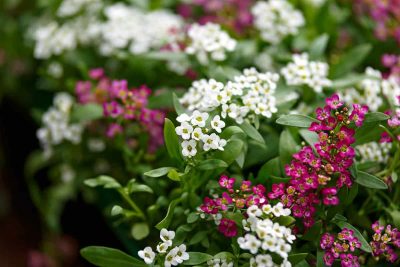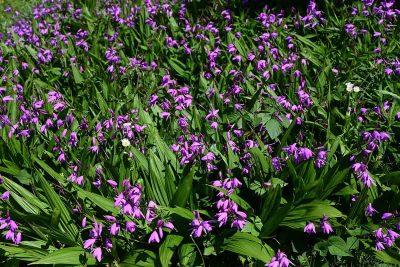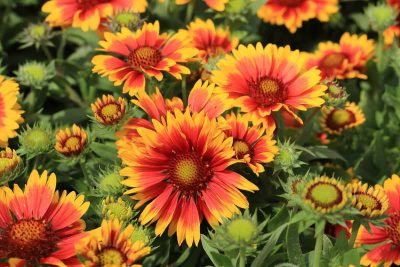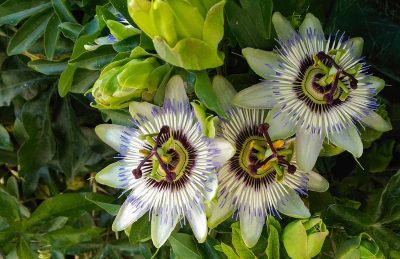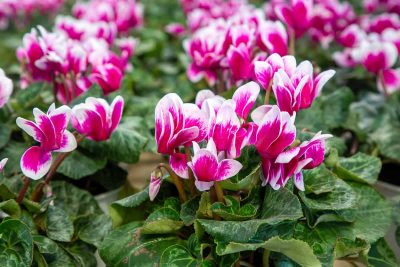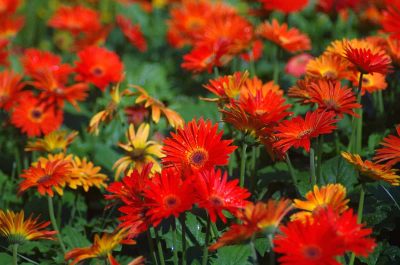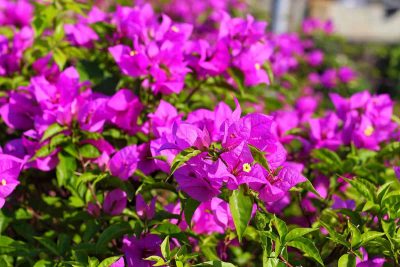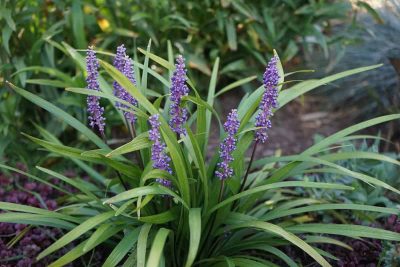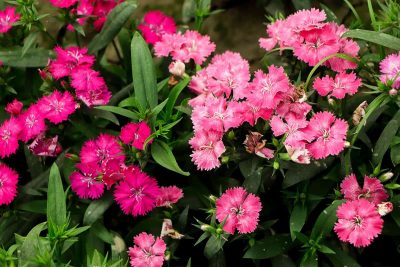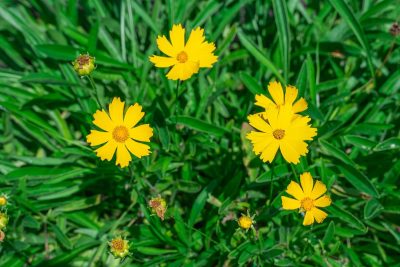October might feel like the end of gardening season, but it’s actually the perfect time to add fresh color. These 26 flowers love cool weather and will keep your garden looking alive well past summer.
Few plants can match the charm of sweet alyssum. With its carpet of dainty blooms and honey-like scent, it’s a favorite for gardeners everywhere. Stick around to find out how to grow and care for it successfully.
Every gardener dreams of flowers that don’t just show up for a week and disappear. That’s where long-blooming perennials come in—they keep the color going month after month. Read on to discover the best varieties for nonstop beauty.
Looking for a flower that’s simple, sweet, and full of charm? Forget-me-nots are the perfect pick. They’re easy to grow, and once they bloom, you’ll never want to be without them.
If your garden could use a splash of fiery reds, oranges, and yellows, blanket flowers might be exactly what you’re looking for. These cheerful blooms are low-maintenance, tough as nails, and they’ll keep the color coming all summer long.
If you’ve ever seen a passionflower up close, you know it’s not your average garden bloom. With its wild, otherworldly petals, this vine is a true conversation starter—and surprisingly easy to grow once you know the basics.
Cyclamen might look delicate, but they’re tougher than they seem. With their heart-shaped leaves and vibrant flowers, they’re a favorite for brightening up windowsills and shady garden corners. Here’s your simple guide to growing them like a pro.
You bring home a pot of Gerbera daisies, probably because those bright petals are hard to resist. You want them to thrive, but maybe you’re not exactly sure what they need. To grow and care for Gerbera daisy plants, start with well-drained soil, plenty of bright sunlight, and water at the base when the topsoil feels dry.
Bougainvillea is one of those plants that instantly makes you feel like you’re on vacation. With its vibrant bracts and tropical vibes, it’s a showstopper in any garden. Here’s how to grow and care for it so it keeps blooming beautifully.
If you’re looking for a reliable ground cover or border plant that’s hardy, attractive, and easy to maintain, liriope is a great choice. Here’s everything you need to know to grow it successfully.
Ever walked past a garden filled with cheerful, frilly flowers in shades of pink, red, or white? Chances are, you’ve seen perennial dianthus. Let’s talk about how to grow them and keep them blooming strong.
Coreopsis, also known as tickseed, is one of those flowers that just makes you smile. With its sunny blooms and easygoing nature, it’s the perfect plant for brightening up your garden. Here’s how to grow and care for it.
